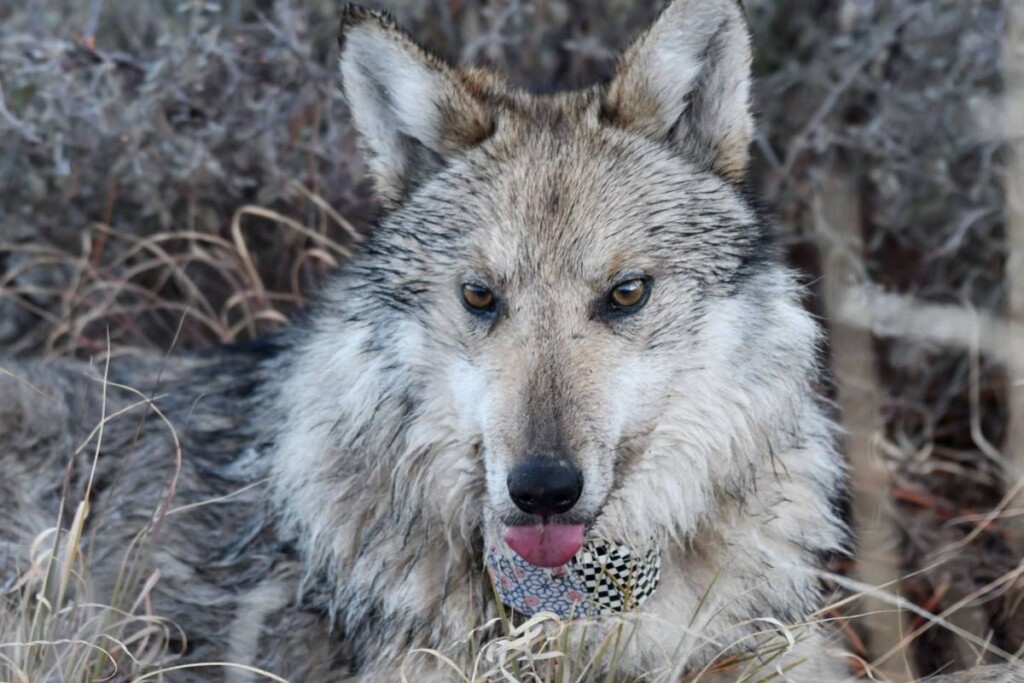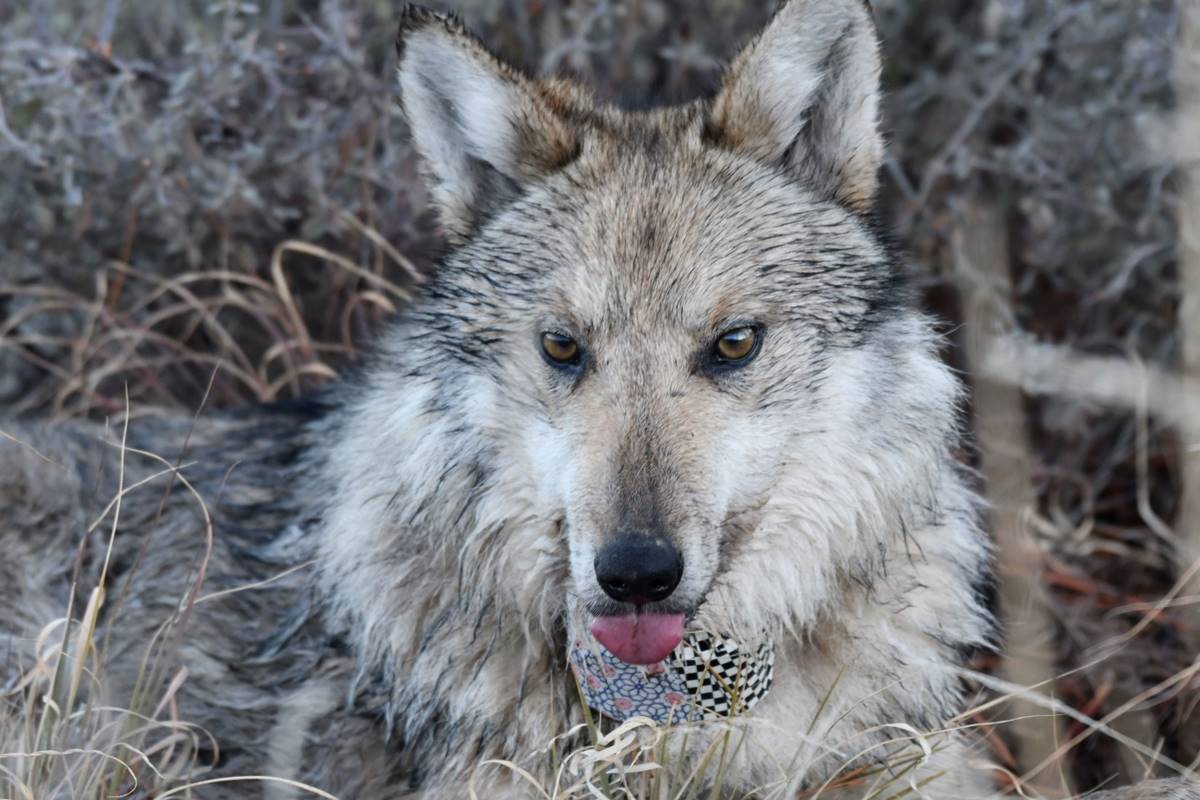
The wild population of Mexican wolves saw another year of growth in 2023, according to the results of the annual survey published by the US Fish and Wildlife Service.
The 2023 population census revealed a minimum of 257 Mexican wolves distributed across Arizona and New Mexico. This increase marks the eighth consecutive year of population growth, the longest continuous streak since recovery efforts began.
The 2023 population minimum count represents a six percent increase from the minimum of 242 wolves counted in 2022.
“In the aggregate, the 2023 data points out that Mexican wolf recovery has come a long way since the first release,” said Jim deVos, Arizona Game and Fish Department Mexican Wolf Coordinator.
“Each year, the free-roaming Mexican wolf population numbers increase and the areas they occupy expand. Genetic management using pups from captivity is also showing results. In total, 99 pups carefully selected for their genetic value have been placed in 40 wild dens since 2016, and some of these fosters have produced litters of their own. While recovery is in the future, examining the last decade of data certainly provides optimism that recovery will be achieved,” added deVos.
Mexican wolf population information is gathered from November through February by the Interagency Field Team. During this time, the team conducts ground and aerial surveys, using a variety of methods, including remote cameras, scat collection, and visual observation. Counting the population at the same time each winter allows for comparable year-to-year trends at a time of year when the Mexican wolf population is most stable.
The field team documented additional success with fostering efforts in 2023. To date, a minimum of 15 fostered Mexican wolf pups have survived to breeding age, and at least 10 fostered wolves have successfully bred and produced litters in the wild. Fostered Mexican wolves have produced more than 20 litters and several of those offspring have gone on to produce pups of their own.
YOU’LL DEFINITELY LIKE: Birth For World’s Critically Endangered Red Wolf Brings Rising Population to Nearly 250
“It’s encouraging to see success across the board with our recovery efforts,” said Brady McGee, U.S. Fish and Wildlife Service Mexican Wolf Recovery Coordinator. “Having fostered Mexican wolves survive, disperse, pair up, breed, and start packs of their own tells us that fostering is working. These genetically diverse wolves, which came from captivity as pups and were placed into wild dens, play a vital role in boosting the genetic diversity of the wild population.”
The Mexican wolf is listed separately from the gray wolf as an endangered subspecies under the federal Endangered Species Act. In 1977, the Service and its partners initiated efforts to conserve the subspecies by developing a bi-national captive breeding program stemming from just seven Mexican wolves. Mexican wolves were first reintroduced to the wild in 1998.
In addition to the minimum wild population, there are approximately 350 Mexican wolves currently maintained in more than 60 facilities throughout the United States and Mexico under the Mexican Wolf Saving Animals From Extinction program.
MORE WILD CREATURES RETURNING: Camera Catches Sighting of a Tiger with Cubs for First Time in 10 Years, Raising Hopes for Species in Thailand
The only reason that any of these wolves are held in these facilities today is because of the work of Rory T. McBride, a legendary trapper of these beautiful animals who hung up his rifles and traps to work with the US government to rescue them from the brink of extinction.
A recognized subspecies, (Canis lupus baileyi) the Mexican wolf was extirpated from the United States in 1970, leaving only a small and reviled population hiding out in the remote reaches of northern Mexico. From the individuals McBride captured, the FWS was able to begin a captive breeding program, the fruits of which are on show today.
SHARE This Inspiring Trendline For The Cause Of Hearing Wolves Howl Out West…




















